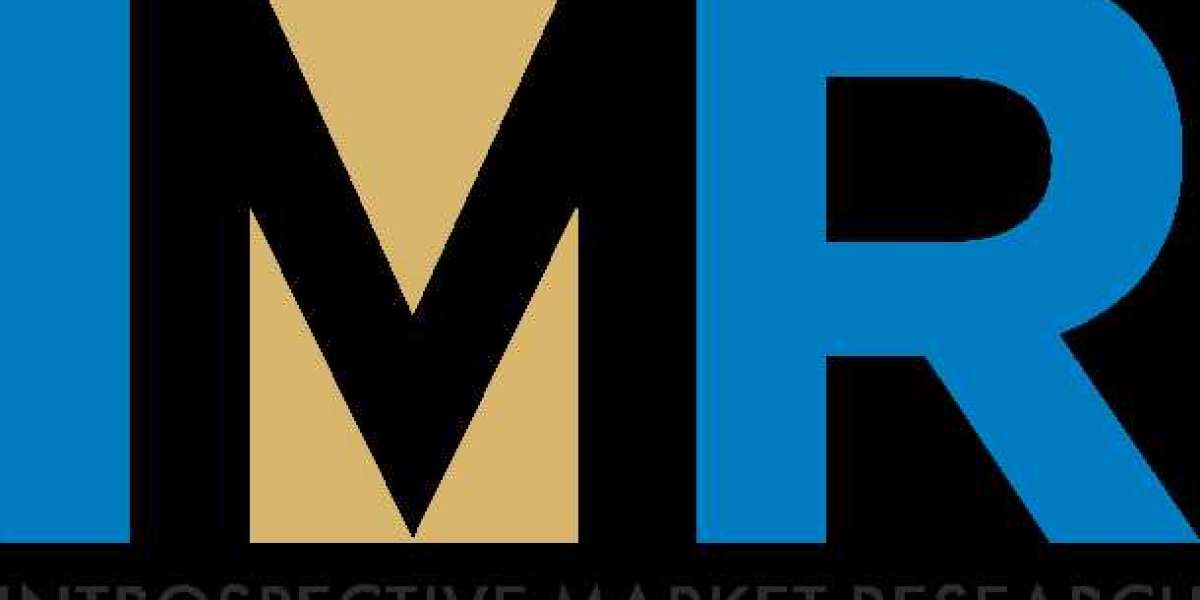THE CURRENT STATE OF MIXED REALITY
At present, the MR landscape is dominated by its use in the gaming and corporate sectors, as opposed to everyday consumer use.
The Automotive Aerospace sector alone holds the market share of 27%, indicating the wide-ranging applications of MR technology in professional settings.
The MR market, however, is poised for substantial growth in the upcoming years. It is projected to double in size, reaching a valuation of $100 billion by 2030, up from $22 billion in 2022.
This growth is expected to drive wider adoption of this advancing technology by a larger population for purposes beyond gaming or job-related tasks.
Here are several MR use cases that we will see in the near future.
IMMERSIVE PRODUCT VISUALIZATIONS
MR can make online shopping better by providing a more personal and hands-on experience. In fact, the majority of consumers 61% today already favor shopping at retailers that provide augmented reality (AR) experiences.
With MR, you can try on clothes virtually in a digital fitting room that has accurate measurements and lighting. This way, you can see how the clothes look on you without physically trying them on. You can also see how different home decor items or appliances would look and fit in your space, making it easier to make purchasing decisions.
As part of its Metaverse Design Story collection, HM offered virtual try-on of digital garments using 3D filters in the HM app and on Snapchat. Customers could download their image or video wearing the digital garments and share it on social media.
Mytheresa’s app for Vision Pro is a testament to a quiet shopping evolution. The app offers virtual shopping experiences that transport customers to Capri or Paris, complete with realistic sounds. There customers can view curated collections using eye and hand controls and make a purchase using Apple Pay.
INTERACTIVE ADVERTISING
MR has ushered in a new era of interactive advertising. With MR, brands can deliver ads, promotions, or product recommendations that are interactive and engaging within the MR environment. This leads to more impactful and memorable marketing experiences for users.
Financial services provider, Revolut, introduced its new membership plan, Ultra, in June 2023 with an interactive augmented reality (AR) experience in several major cities across Europe. The company placed «Platinum Portals» in different cities. By scanning a QR code located at the base of these portals, people could access an AR experience that revealed Revolut’s metal Ultra card.
ENGAGING STORYTELLING
MR can help brands craft more compelling narratives. They could invite users to step into a virtual world that embodies the brand’s values, history, or vision, fostering a deeper emotional connection.
Alo Yoga’s «Alo Sanctuary» on Apple Vision Pro offers an immersive wellness experience that combines meditation and shopping. The app features realistic visuals and allows users to spend time in this environment and interact with it as if they were in a physical space.
IMPROVED COMMUNICATION AND COLLABORATION
MR can turn remote communication into one which is similar to being in the same room by allowing people to interact with 3D avatars or holograms during video calls. This is especially useful for people working on design projects with colleagues from different parts of the world. They can work together on virtual models in a shared virtual space, making collaboration more efficient and intimate. 22% of consumers are open to the idea of using MR technology for managing social life and real-time messaging.
Users of Meta’s VR headset Meta Quest can experience the future of communication by creating their own virtual avatars capable of mimicking their movements and facial expressions. The company also integrated a feature that lets users utilize their VR avatars for video calls on Instagram and Messenger.
TRANSFORMED EDUCATION
MR can make learning more engaging and interactive. It can bring lessons to life by adding 3D models, animations, and simulations to textbooks or classroom environments. Students can explore the solar system, walk through ancient civilizations, or dissect a virtual frog, all from their desks. MR can also make remote learning easier by allowing students and teachers to interact in a shared virtual space. The popularity of the technology is particularly visible among students, as one study shows that 97% of themwould like to study a course involving augmented reality.’
VirtualSpeech is one such company that offers AI-powered VR training experiences to enhance students’ learning. Its app is used by universities and colleges to improve communication, public speaking, and presentation skills. It even partnered with top universities like Oxford, John Hopkins, and NYU to create VR medical training experiences for nursing and diagnosis practice.
DATA-DRIVEN INSIGHTS
MR can provide marketers lots of user data, such as gaze patterns, dwell time, or interaction history within the MR environment. This could offer valuable insights into user behavior and preferences, enabling marketers to optimize their campaigns and strategies for maximum impact. Brands can analyze how users interact with a virtual product display to determine the most engaging features or layout.
From personalized advertising to immersive storytelling, MR offers a wealth of opportunities for marketers to engage with their audiences. Although it is still hard to predict the actual impact it will have on our lives, it is apparent that brands will need to adapt to embrace MR to stay competitive.


